DIY Solar Panels Installation Made Easy: From Start to Finish
Are you interested in harnessing the power of the sun to generate clean and renewable energy for your home? Look no further than DIY solar panels installation! With the advancements in technology, installing solar panels has become easier and more affordable than ever before.
In this article, we will guide you through the process of DIY solar panel installation, from start to finish. Whether you’re a seasoned DIY enthusiast or a beginner, we’ve got you covered.
Discover the benefits, tools needed, and step-by-step instructions to help you successfully install your very own solar panels. Get ready to save money on your energy bills and reduce your carbon footprint with this exciting and rewarding project.
Key Takeaways
- DIY solar panel installation can lead to significant cost savings for homeowners, compared to turn-key installation.
- Factors such as the size of the residential system and available financing options can affect the savings achieved through DIY solar installation.
- The installation process duration can vary depending on factors such as the property’s energy needs calculation, assessing optimal panel location, and obtaining necessary permits.
- DIY solar installation requires essential tools, materials, and a step-by-step installation process, which can be facilitated by the availability of local handyman assistance.
Understanding the Cost and Savings of DIY Solar Panels
The cost and savings of DIY solar panels installation can be understood by considering factors such as estimated savings for a typical residential system, cost comparison with turn-key installation, and financing options available.
Estimated savings for a typical residential system can vary depending on factors such as location, energy consumption, and the efficiency of the solar panels. By installing solar panels DIY, you can potentially save a significant amount on your electricity bills over time.
In terms of cost comparison, DIY solar panels installation generally offers a more cost-effective solution compared to turn-key installation. However, it is important to consider the level of expertise and time commitment required for DIY installation.
Financing options for DIY solar panels installation may include loans, grants, or leasing options, which can further reduce the upfront costs and make the project more affordable. It is important for you to carefully evaluate your financial situation and research the various financing options available to determine the most suitable choice for your DIY solar panels installation project.
Pre-Installation Steps and Timeframe for DIY Solar Panel System
Duration of the installation process for a DIY solar panel system can vary depending on factors such as property assessment, energy needs calculation, and obtaining necessary permits.
Before beginning the installation, it is important to assess the property to determine the optimal location for the panels. This involves considering factors such as available sunlight and potential shading from nearby trees or buildings.
Additionally, you need to calculate your energy needs to determine the size and number of panels you’ll require. Obtaining necessary permits from local authorities is also crucial to ensure compliance with regulations.
The installation process itself involves several steps, including mounting the panels on the roof, connecting them to the electrical system, and configuring the system for optimal performance. It is important to follow proper safety procedures and use the appropriate tools and equipment during the installation.
Essential Tools, Materials, and Steps for DIY Solar Installation
Assessing the property for optimal panel location involves considering factors such as available sunlight and potential shading from nearby trees or buildings. It is crucial to ensure that the panels receive maximum sunlight throughout the day to maximize energy production.
Potential shading sources should be identified and accounted for during the installation process to prevent any loss in efficiency. You’ll also need to carefully determine the orientation and tilt of the panels to capture the most sunlight possible.
To install DIY solar panels, you will require essential tools such as a drill, screwdriver, wire strippers, and safety equipment like gloves and goggles. Materials needed include solar panels, mounting brackets, wiring, and a charge controller.
The installation process typically involves mounting the panels, connecting the wiring, and securing them in place. Following a step-by-step guide will ensure a successful and efficient DIY solar installation.
Related Article: DIY Solar Installation Tools: 10 Essential Ones You Need To Have.
Post-Installation Processes: Activation, Monitoring, and Maintenance
Activation, monitoring, and maintenance are essential post-installation processes that ensure the successful operation and longevity of a DIY solar system. These processes play a crucial role in maximizing the efficiency and performance of the system. Here are five key steps to consider:
- Activation: After installation is complete, the system needs to be activated by connecting it to the electrical grid. This involves coordination with the utility company.
- Monitoring: Regular monitoring is necessary to keep track of the system’s performance. Monitoring tools can provide real-time data on energy production, allowing for timely maintenance and troubleshooting.
- System Performance: Regular maintenance tasks such as cleaning the panels, checking for any damage or malfunctions, and ensuring proper wiring connections are essential to maintain optimal system performance.
- Battery Maintenance: If the DIY solar system includes battery storage, regular maintenance tasks like checking battery charge levels and maintaining proper temperature conditions will ensure the longevity and efficiency of the batteries.
- Solar Calculators: Utilizing solar calculators and tools like DIY solar panel calculators can help homeowners track energy savings, estimate system performance, and customize layouts based on specific needs.
Assessing the Benefits of DIY Solar Installation
One important aspect to consider when evaluating the benefits of DIY solar installation is the potential cost savings compared to professional installation. By choosing to install your own solar panels, you can avoid the costs associated with hiring a professional installer, which can be quite significant.
However, it is important to assess the benefits of DIY solar installation not just in terms of cost savings, but also in terms of the skills and knowledge required, the time commitment involved, and the legal implications.
It is important to note that while DIY solar installation may seem like a cost-effective option, it is crucial to ensure that it is legal to install your own solar panels and that you have the necessary permits and approvals from relevant authorities. Additionally, buying DIY solar panels requires careful consideration of the quality and reliability of the panels, as well as any warranties or guarantees offered.
Key Requirements for Successful DIY Solar Installation
To ensure a successful DIY solar installation, it is essential to meet key requirements such as having the necessary knowledge and skills, obtaining the appropriate permits and approvals, and ensuring the quality and reliability of the materials used.
Installing solar panels on the roof DIY requires a good understanding of electrical systems and installation techniques. It is important to research and understand local regulations to ensure it is legal to install your own solar panels. Additionally, buying DIY solar panels with battery storage can provide added benefits.
Before starting the installation process, it is necessary to acquire the necessary permits and approvals from the local building department. Furthermore, ensuring the quality and reliability of the materials used is crucial for the long-term performance of the solar system.
Tools for Successful Rooftop Solar Mounting
The successful mounting of rooftop solar panels requires the use of specific tools designed to ensure proper installation and secure attachment to the roof. These tools include a solar panel mounting kit, which typically includes brackets, rails, and clamps to securely attach the panels to the roof.
In addition, a drill with appropriate drill bits is needed to create holes for the mounting hardware. A level and measuring tape are essential for ensuring that the panels are installed in a straight and level manner. Safety equipment such as gloves and safety goggles should also be used during the installation process.
It is important to note that while DIY installation of solar panels is possible, it is recommended to consult local regulations and guidelines to ensure compliance and safety. When purchasing DIY solar panels, it is advisable to buy from reputable suppliers that offer high-quality products and reliable customer support.
Procedure for Installing PV Solar Panel Roof Flashing
Installing PV solar panel roof flashing involves carefully following a step-by-step guide to ensure proper installation and prevent any potential leaks or damage to the roof. Flashing is an essential component of solar panel installation as it creates a waterproof barrier between the roof and the panels.
The process begins by identifying the correct type and size of flashing required for the specific roof. The flashing is then positioned and secured in accordance with the manufacturer’s instructions. It is important to ensure that the flashing is properly sealed to prevent water penetration.
Additionally, the flashing should be inspected regularly to identify any signs of deterioration or damage. Proper installation of PV solar panel roof flashing is crucial for the long-term performance and durability of the solar system.
Weighing the Pros and Cons of DIY Solar
When considering the decision to install solar panels independently, it is important to weigh the advantages and disadvantages associated with this approach.
Advantages:
- Cost savings: DIY solar panel installation can potentially save homeowners a significant amount of money compared to hiring professionals.
- Personal involvement: Installing solar panels yourself allows for a sense of accomplishment and involvement in the process.
- Availability of local assistance: Local handymen and community support can provide guidance and assistance during the installation process.
- Learning opportunity: DIY solar installation provides an opportunity to learn about solar energy, electrical systems, and sustainable practices.
Disadvantages:
It is also essential to recognize the potential drawbacks of DIY solar installation, including the need for specialized knowledge and skills, potential safety risks, and the absence of warranties offered by professional installation companies.
Therefore, you need to thoroughly research and weigh the pros and cons before deciding to proceed with DIY solar panel installation.
Step-by-Step Guide to DIY Solar Panel Installation
One important step in the process of installing solar panels independently is to carefully plan and design the layout of the system. This involves determining the optimal placement of the panels on the roof or ground, considering factors such as shading, orientation, and tilt angle. A well-designed layout ensures maximum sunlight exposure and energy production.
It is crucial to calculate the energy needs of the property to determine the number of panels required. Additionally, considering the available space and budget, choosing the right DIY solar kit is essential. This step requires attention to detail and a thorough understanding of the technical aspects of solar panel installation.
Related Article: The Best Books on Solar Energy: Top 20 Best Picks.
How to Purchase the Right Solar Equipment and Components
The process of purchasing the appropriate solar equipment and components involves carefully considering factors such as quality, reliability, and compatibility with the DIY solar system. It is important to choose high-quality equipment that is reliable and durable to ensure the longevity and efficiency of the system. Compatibility is also crucial to ensure that all components work together seamlessly.
When purchasing solar equipment, you need to research different suppliers and compare prices to get the best deal. Additionally, it is important to read reviews and seek recommendations from other DIY solar system owners to ensure the equipment is of good quality.
Overall, the process of purchasing solar equipment requires thorough research and consideration to ensure the success of the DIY solar installation.
Essential Factors to Consider When Purchasing Solar Equipment:
- Quality and reliability
- Compatibility with the DIY solar system
- Emotional impact on the audience:
- Excitement and anticipation of embarking on a DIY solar project
- Satisfaction and pride in using renewable energy sources
Related Article: The Best 10 DIY Solar Panel Kits for Off-Grid Power.
Importance of Regular Maintenance for DIY Solar Panel Systems
Regular maintenance is essential for ensuring the optimal performance and longevity of DIY solar panel systems. Neglecting maintenance can lead to decreased efficiency and potential system failures.
To maintain peak performance, it is important to regularly inspect and clean the panels, as dirt and debris can reduce their efficiency. Additionally, checking the connections and wiring for any signs of damage or wear is crucial.
We recommend you to monitor the system’s performance regularly and address any issues promptly. You can do this using monitoring software or by consulting with a professional.
Lastly, regular maintenance should also include checking the inverter, battery, and other components for proper functioning.
By following these maintenance practices, DIY solar panel owners can ensure that their system continues to generate clean and renewable energy for years to come.
Related Article: Cleaning Solar Panel for Its Maximum Efficiency and Sustainability.
Essential Skills and Knowledge for DIY Solar System
Acquiring the necessary skills and knowledge is crucial for successful implementation of a DIY solar system. In order to effectively install and maintain a DIY solar panel system, you must have a solid understanding of electrical systems and installation processes. This includes knowledge of electrical wiring, circuitry, and safety precautions.
Additionally, familiarity with local regulations, permits, and inspections is essential to ensure compliance with legal requirements. Furthermore, you should be able to accurately assess your energy needs and calculate the optimal placement of solar panels on your property.
Related Article: DIY Home Energy System Review from Our Perspective.
Required Permits and Regulations for DIY Solar
Understanding the required permits and regulations for DIY solar installation is essential to ensure a smooth and legal process. Before embarking on a solar project, it is important to research and understand the local regulations, permits, and inspections required.
Each jurisdiction may have its own specific requirements, such as obtaining building permits, electrical permits, and interconnection agreements with the utility company. Additionally, there may be specific regulations regarding the size and placement of solar panels, setbacks from property lines, and compliance with building and electrical codes.
Failure to comply with these regulations can result in fines, delays, or even the removal of the solar installation. Therefore, it is crucial to thoroughly research and adhere to the necessary permits and regulations to avoid any legal issues and ensure a successful DIY solar installation.
Coordinating With Utility Companies and Building Departments: What You Need to Know
Coordinating with utility companies and building departments requires careful communication and adherence to their specific requirements and procedures.
Utility companies play a crucial role in the installation of DIY solar panels as you need to inform them about the installation and interconnection process. This involves submitting necessary paperwork, such as interconnection applications and agreements, and coordinating with the utility company for inspections and system activation.
Building departments also have specific requirements and procedures that you need to follow. This includes obtaining necessary permits and ensuring compliance with building codes and regulations. Failure to comply with these requirements can result in delays or even fines.
Therefore, it is important to establish clear lines of communication with utility companies and building departments to ensure a smooth and successful DIY solar panels installation process.
Conclusion
This comprehensive guide has provided valuable information on the DIY installation of solar panels.
By understanding the cost and savings, pre-installation steps, essential tools and materials, post-installation processes, benefits, maintenance, required skills and knowledge, permits, and coordination with utility companies and building departments, individuals can embark on their solar journey with confidence.
With the euphemistic approach used throughout the article, the process of DIY solar panel installation becomes enjoyable and relatable. So go ahead and harness the power of the sun, knowing that you have the knowledge and resources to make it happen.
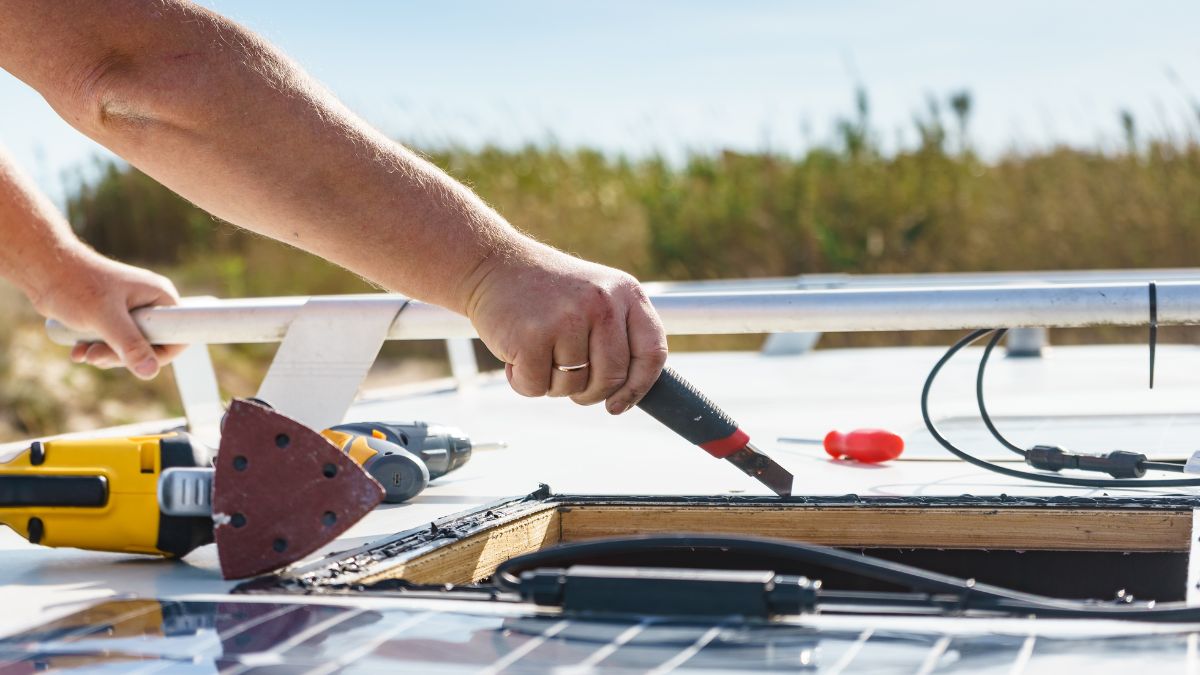
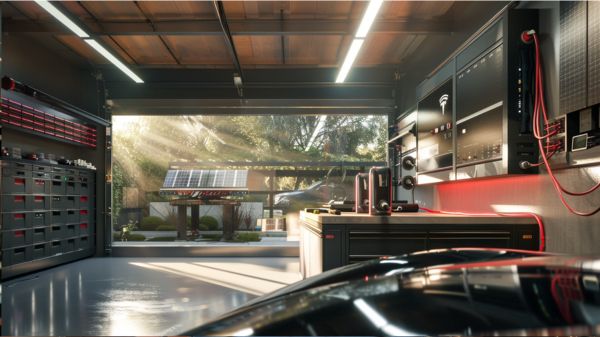


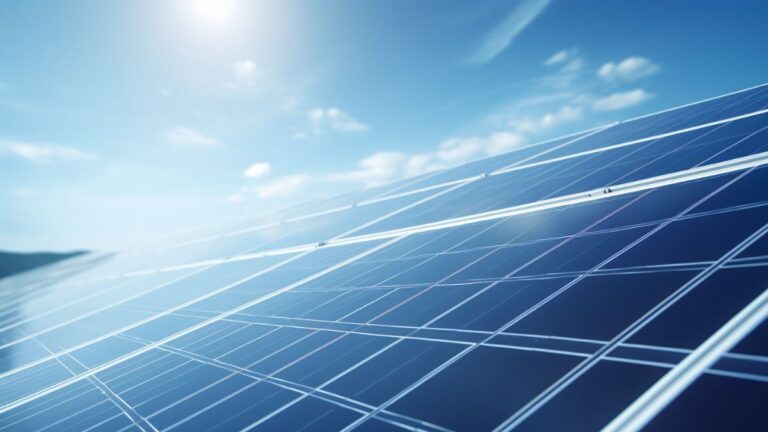
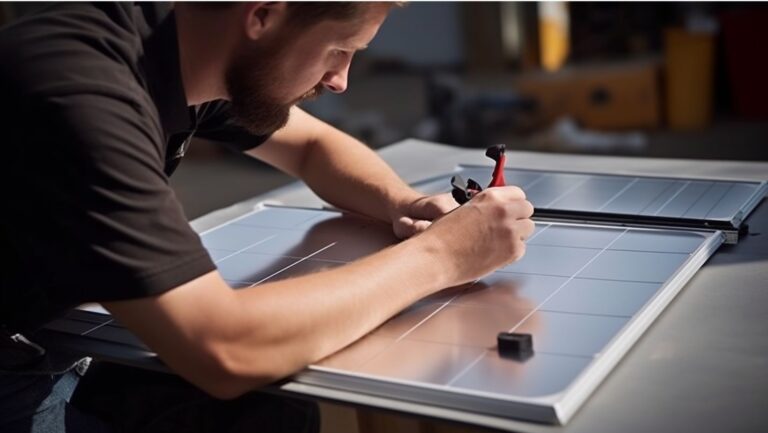
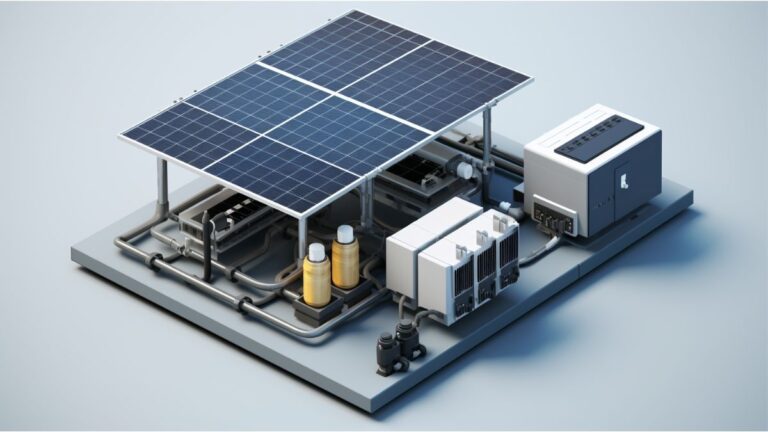
21 Comments
Comments are closed.